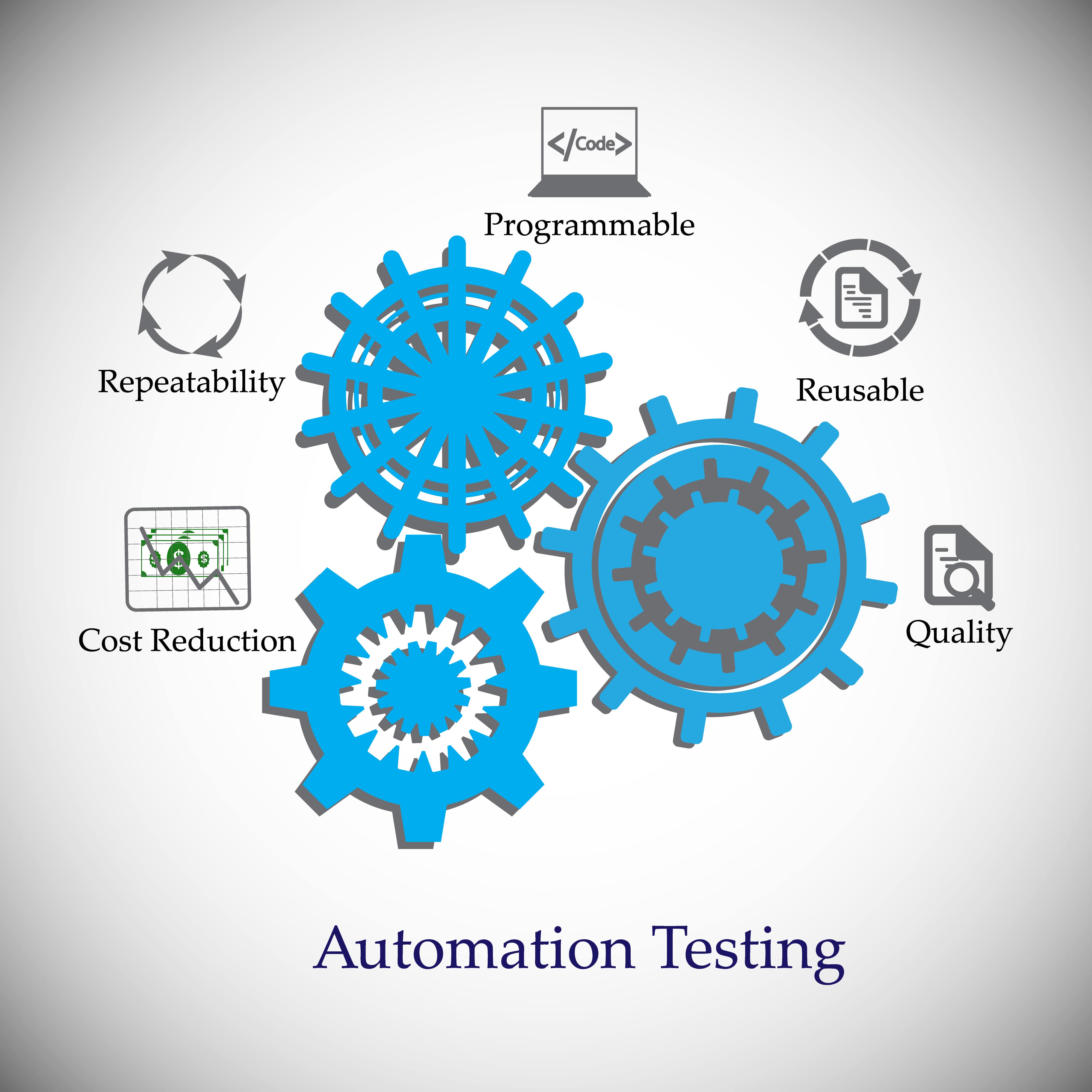Effective Automation Testing: Enhancing Software Reliability and Speed
Effective Automation Testing: Enhancing Software Reliability and Speed
Blog Article
From Manual to Automated Screening: A Comprehensive Overview to Transitioning Efficiently and Properly
In the world of software screening, the change from handbook to automated processes has ended up being a progressively crucial shift for organizations seeking to boost performance and precision in their testing practices. As technology remains to development, the requirement for seamless and reliable automated screening approaches has actually never ever been extra pressing. The trip from handbook to automated screening is not without its challenges, but when come close to purposefully and with a clear strategy in mind, the benefits can be significant - automation testing. In this thorough overview, we will discover crucial steps and factors to consider crucial for an effective transition, from the first selection of devices to the combination of automation into existing operations. Stay tuned to reveal the understandings that will help lead the way for a smoother and extra efficient screening process.
Benefits of Automated Testing
Automated screening supplies numerous advantages, improving efficiency and accuracy in software program advancement processes. Automated tests can be run at the same time on numerous tools and running systems, dramatically speeding up the testing stage contrasted to manual screening.
Moreover, automated testing ensures a higher degree of precision in detecting defects. Since automated examinations adhere to predefined manuscripts, human mistake is lessened, leading to even more reputable test outcomes. Consistency in screening is additionally enhanced, as automated tests perform the same actions specifically each time they are run. This consistency is vital in making sure that all performances of the software are thoroughly examined, lowering the probability of undiscovered bugs sliding with to production.
Picking the Right Tools

To start with, examine your demands and purposes. Understand the scope of your job, the technologies involved, and the ability of your group. This analysis will aid you establish the capabilities and features you call for in your screening tools.
Second of all, take into consideration the compatibility of the devices with your existing systems and procedures. Seamless integration with your current software advancement lifecycle is necessary to make sure a smooth transition to automation.
Additionally, review the scalability and versatility of the tools. As your testing needs advance, the tools must be able to adapt and fit modifications efficiently.
Last but not least, aspect in the support and area around the tools. When applying automated testing, durable support and an energetic customer neighborhood can give valuable resources and help. By carefully considering these elements, you can pick the right tools that straighten with your requirements and set the phase for a successful shift to automated screening.
Composing Effective Test Scripts

When crafting examination scripts, it is vital to take into basics consideration the certain requirements of the software application being tested and make certain that the scripts attend to all crucial capabilities. Clear and descriptive naming conventions for examination scripts and examination situations can enhance readability and maintainability. Furthermore, including error handling systems within the examination scripts can Visit Website assist in recognizing and addressing problems without delay.
Additionally, arranging examination manuscripts right into modular parts can improve reusability and scalability, minimizing redundancy and boosting performance in test script maintenance. Routine testimonials and updates to test scripts are vital to maintain pace with progressing software application needs and capabilities. By following these principles, testers can create robust and efficient examination manuscripts that add dramatically to the success of automated screening processes.
Integrating Automation Into Workflows
By flawlessly incorporating automated screening tools like Selenium or Appium right into the software application growth lifecycle, groups can attain faster feedback on code adjustments, leading to quicker insect discovery and resolution. This integration permits for continuous screening throughout the development procedure, guaranteeing that any kind of issues are recognized early on, resulting in higher software high quality. Correct integration of automation tools calls for collaboration in between growth, testing, and procedures groups to establish a unified process that maximizes efficiency and efficiency in supplying top quality software program items.
Guaranteeing a Smooth Shift
Efficiently transitioning to automated screening involves thorough planning and cautious implementation to decrease disruptions and maximize efficiency in the software development procedure - automation testing. To make certain a smooth transition, it is necessary to begin by carrying out a comprehensive evaluation of the current testing procedures and determining locations where automation can bring one of the most considerable benefits. Engaging with all stakeholders at an early stage in the process, including developers, testers, and task supervisors, is vital for amassing assistance and buy-in for the automation effort
Communication is essential during this transition phase. Clear interaction of the objectives, advantages, and expectations of automated screening assists to handle any type of resistance or issues that may occur. Additionally, providing ample training and sources for employee to upskill in automation tools and strategies is essential for guaranteeing a successful change.

Verdict
To conclude, transitioning from manual to automated testing offers various benefits, including enhanced performance and integrity. By choosing the ideal devices, creating reliable examination manuscripts, and incorporating automation effortlessly right into process, organizations can make sure a smooth and effective shift. It is vital to embrace automation as an important possession in software screening processes to improve general high quality and efficiency.
In the realm of software screening, the change from handbook to automated processes has actually come to be a significantly essential transition for organizations seeking to enhance performance and precision in their testing practices. Automated examinations can be run all at once on numerous gadgets and operating systems, significantly speeding up the screening stage contrasted to hands-on testing. Uniformity in screening is likewise improved, as automated examinations carry out the same actions exactly each time they are run.To ensure the effective application of selected screening tools, the development of reliable examination scripts plays an essential function in validating the capability and performance of automated procedures - automation testing. By following these concepts, testers can create efficient and robust examination manuscripts that contribute substantially to the success of automated screening processes
Report this page